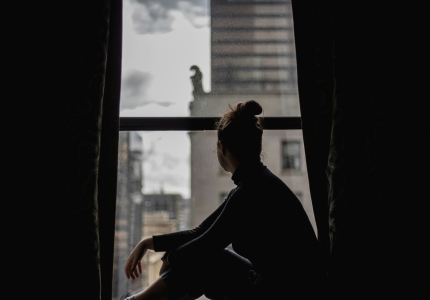In today’s fast-paced world, finding moments of true relaxation is no longer optional but essential. Relaxing activities go beyond mere leisure, offering rituals that restore energy, balance the nervous system, and reconnect the body and mind in profound ways. Incorporating restorative rituals into daily life cultivates a sense of calm, improves mental clarity, and supports emotional well-being while reinforcing physical vitality. Relaxing activities are not a luxury but a necessary foundation for optimal wellness.
Identify What Your Body Needs to Truly Relax
Listening to your body is the first step in effective relaxation. Each person experiences tension, fatigue, or stress differently, and understanding what your body requires helps you select the perfect ritual.
Physical Signs and Responses
Every body speaks its own language. Learning to recognize the signs of fatigue, tension, or restlessness is the first step toward true restoration. Here are gentle ways to interpret what your body is asking for and how to respond with care.
- Muscle Tension: Gentle stretching, yoga, or light movement relieves stiffness and promotes circulation.
- Fatigue or Low Energy: Deep rest, naps, or a warm bath revitalizes energy levels.
- Difficulty Sleeping: Breathing exercises, guided meditation, or a sensory ritual helps induce calm and prepares the body for rest.
By observing your body’s signals, you create a personalized relaxation practice that is both effective and restorative.
The Art of Slow Rituals: Water, Silence, and Stillness
Slow rituals allow the nervous system to reset and invite deep calm. Water in its various temperatures, from warm baths to cold plunges, activates the parasympathetic nervous system, reducing cortisol levels and inducing relaxation almost instantly. Silence and stillness allow the mind to settle, encouraging mindfulness and emotional balance.
Ritual Examples
Moving slowly is an act of presence. Through the element of water, the pause of silence, and the stillness of breath, the body finds equilibrium. Discover these rituals that invite you to slow down and inhabit calm fully.
- Thermal Baths: Alternating hot and cold immersions rejuvenates circulation and detoxifies the body.
- Mindful Silence: Sit in stillness with no distractions to regain focus and mental clarity.
- Breathwork Practices: Slow and controlled breathing activates relaxation and supports emotional regulation.
Integrating slow rituals into your daily life enhances resilience and fosters a sustained sense of inner peace.
Sensory Experiences That Calm the Nervous System
Engaging the senses is a powerful pathway to relaxation. Aromatherapy, soft lighting, soothing music, and gentle textures create environments that calm the nervous system and promote physical and mental equilibrium.
Multisensory Ideas
Relaxation can begin through the senses. By surrounding yourself with soothing sounds, delicate aromas, and textures that comfort, you can guide your mind and body toward serenity. These sensory ideas help awaken calm from within.
- Aromatherapy: Lavender, orange, or chamomile essential oils relax the mind and body.
- Sound Therapy: Soft music, nature sounds, or white noise reduces stress and enhances focus.
- Textural Comfort: Warm blankets, weighted materials, or smooth surfaces soothe tactile senses.
- Contrast Baths: Alternating warm and cool water revitalizes the body and supports sensory awareness.
Sensory experiences are versatile tools that can be implemented at wellness centers or recreated at home for consistent restorative effects.
How to Create a Personal Space for Deep Relaxation
Designating a personal space enhances the impact of relaxation rituals. Whether a corner of your bedroom, a cozy nook in the living room, or a private balcony, having a dedicated area allows you to disconnect from distractions and immerse fully in restorative practices.
Elements to Include
Your surroundings have the power to shape how you feel. A dedicated corner for stillness can become your anchor amid daily motion. Consider these elements to design a personal space where calm naturally unfolds.
- Lighting: Soft, dimmable lamps or candles promote a calming atmosphere.
- Aromas: Diffuse essential oils such as lavender, jasmine, or sandalwood to stimulate the senses gently.
- Comfort Items: Cushions, blankets, and rugs enhance physical ease and relaxation.
- Natural Touches: Incorporate plants, wooden accents, or stones for grounding and connection to nature.
Creating a personal space ensures that relaxation becomes a consistent habit rather than a sporadic indulgence. Over time, this dedicated environment enhances emotional resilience and deepens your sense of inner calm.



